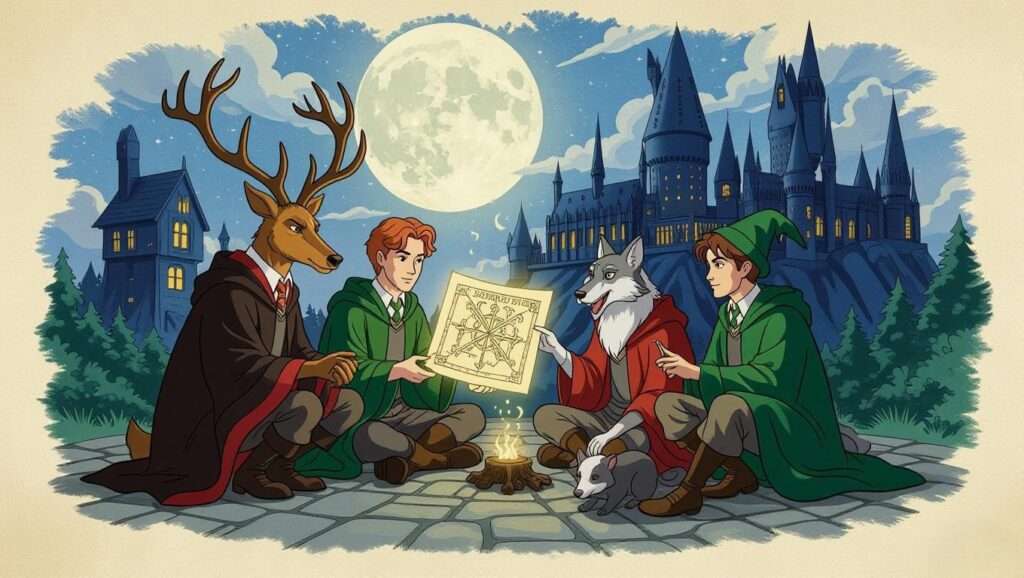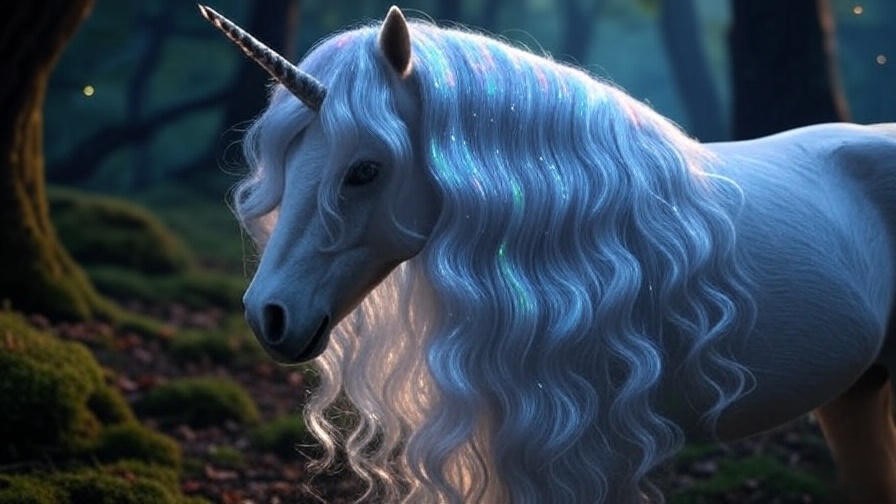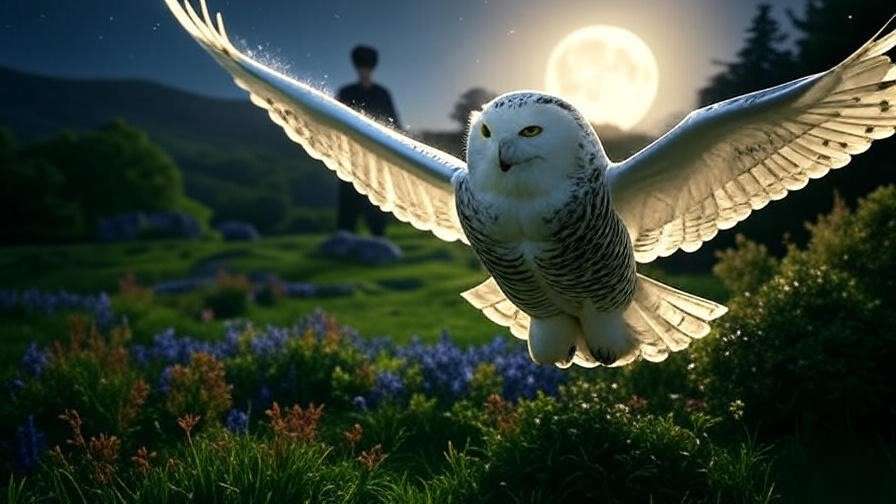Picture this: a tattered, seemingly blank piece of parchment unfurls in the hands of Harry Potter, revealing a magical map that tracks every soul in Hogwarts. With the whispered words, “I solemnly swear that I am up to no good,” the names Prongs, Padfoot, Moony, Wormtail come to life, sparking curiosity and wonder. These four names, etched into the Marauder’s Map, are more than mere nicknames—they are the heart of a legendary friendship that shaped the Harry Potter saga. For fans searching to unravel the secrets of these enigmatic figures, this article dives deep into their identities, their unbreakable bond, and the tragedy that tore them apart. As a dedicated Harry Potter scholar with years of exploring J.K. Rowling’s world through books, Pottermore, and fan discussions, I’m here to guide you through the untold stories of the Marauders, offering fresh insights and answers to your burning questions.
Who Are Prongs, Padfoot, Moony, Wormtail?
The Marauders Unveiled
In Harry Potter and the Prisoner of Azkaban, readers first encounter the mysterious creators of the Marauder’s Map: Prongs, Padfoot, Moony, and Wormtail. These pseudonyms belong to James Potter, Sirius Black, Remus Lupin, and Peter Pettigrew, respectively—four Gryffindor students who roamed Hogwarts in the 1970s. Each nickname reflects their unique identities and magical abilities, tied to their Animagus forms or, in Lupin’s case, his werewolf condition. James, a stag (Prongs), embodied courage and leadership. Sirius, a loyal black dog (Padfoot), radiated charm and rebellion. Remus, the werewolf (Moony), carried wisdom and quiet strength. Peter, a rat (Wormtail), was the quieter member whose later actions would shatter their legacy.
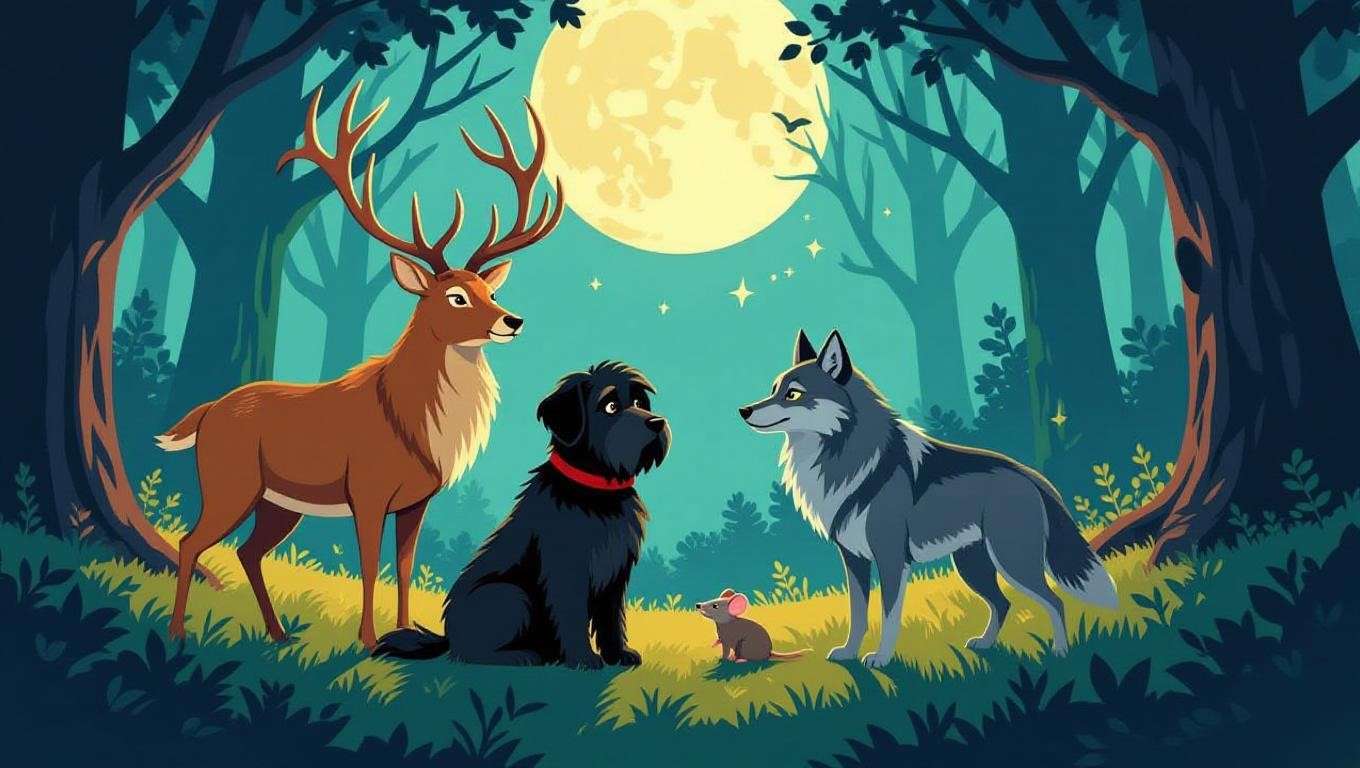
Their story begins at Hogwarts, where these young wizards formed a tight-knit group known as the Marauders. Their nicknames, revealed through the map and later confirmed by Sirius and Remus in the Shrieking Shack, are a testament to their creativity and defiance of rules. According to J.K. Rowling’s writings on Pottermore, the Marauders were inspired by her vision of a group of mischievous yet fiercely loyal friends, drawing parallels to real-world friendships that endure life’s trials.
Why Their Nicknames Matter
The nicknames Prongs, Padfoot, Moony, Wormtail aren’t just catchy—they’re steeped in meaning. Each reflects the Marauder’s personality and role within the group. James’s stag form (Prongs) symbolizes nobility and protection, mirroring his role as the group’s charismatic leader. Sirius’s dog form (Padfoot) reflects his loyalty and playful defiance, often seen in his pranks alongside James. Remus’s nickname, Moony, poignantly acknowledges his lycanthropy, a condition his friends embraced rather than shunned. Peter’s rat form (Wormtail) hints at his less glamorous, more secretive nature, foreshadowing his eventual betrayal.
Symbolically, their Animagus forms also tie into the narrative. The stag, dog, and rat were chosen to accompany Lupin’s wolf during his transformations, ensuring he was never alone. This act of solidarity underscores the Marauders’ core theme: friendship that transcends personal sacrifice. For fans, these nicknames evoke nostalgia and curiosity, making them a perfect entry point to explore the Marauders’ deeper story.
The Marauders’ Backstory: Hogwarts and Beyond
Friendship Forged at Hogwarts
The Marauders’ tale begins in the hallowed halls of Hogwarts, where James, Sirius, Remus, and Peter met as first-years in the early 1970s. As Gryffindors, they shared a dorm and quickly bonded over their love of mischief and magic. Known for their pranks—such as turning the Slytherin common room furniture upside down—they earned both admiration and ire from teachers like Minerva McGonagall. Their most famous creation, the Marauder’s Map, showcased their brilliance. Crafted using advanced magic like the Homonculous Charm, the map allowed them to track everyone in Hogwarts, a tool born from their desire to explore and evade authority.
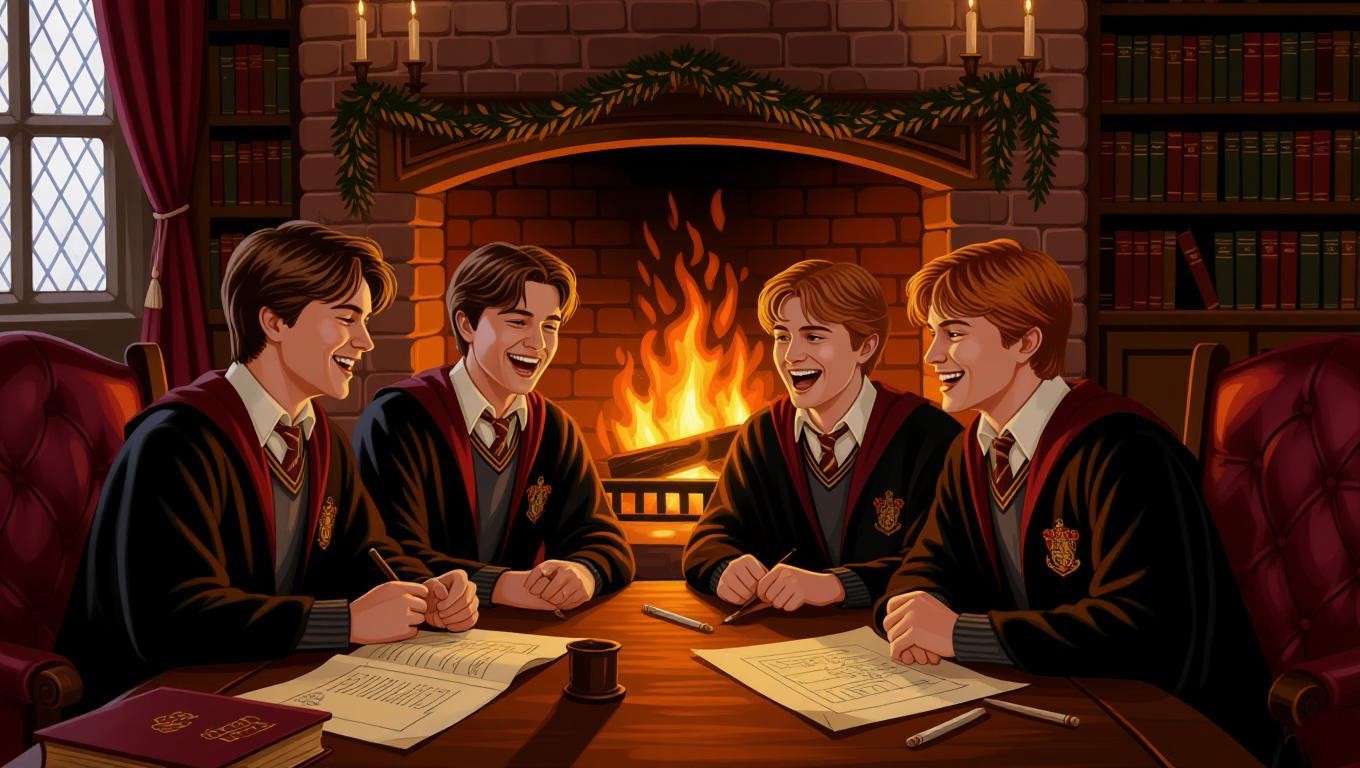
Their friendship wasn’t just about fun; it was built on loyalty. Despite their differences—James’s confidence, Sirius’s recklessness, Remus’s restraint, and Peter’s quieter presence—they complemented each other. Rowling has noted in interviews that the Marauders were inspired by the kind of friendships that feel invincible in youth, a sentiment that resonates with readers who crave stories of camaraderie.
The Impact of Remus Lupin’s Lycanthropy
At the heart of the Marauders’ bond was Remus Lupin’s secret: his lycanthropy. Bitten as a child, Lupin faced isolation and prejudice, but his friends refused to let him suffer alone. By their fifth year, James, Sirius, and Peter mastered the complex process of becoming Animagi to keep Lupin company during his transformations in the Shrieking Shack. This act of sacrifice—risking their safety and breaking wizarding law—demonstrates the depth of their loyalty. The process, described in Harry Potter and the Deathly Hallows, required holding a mandrake leaf in their mouths for a month, a testament to their determination.
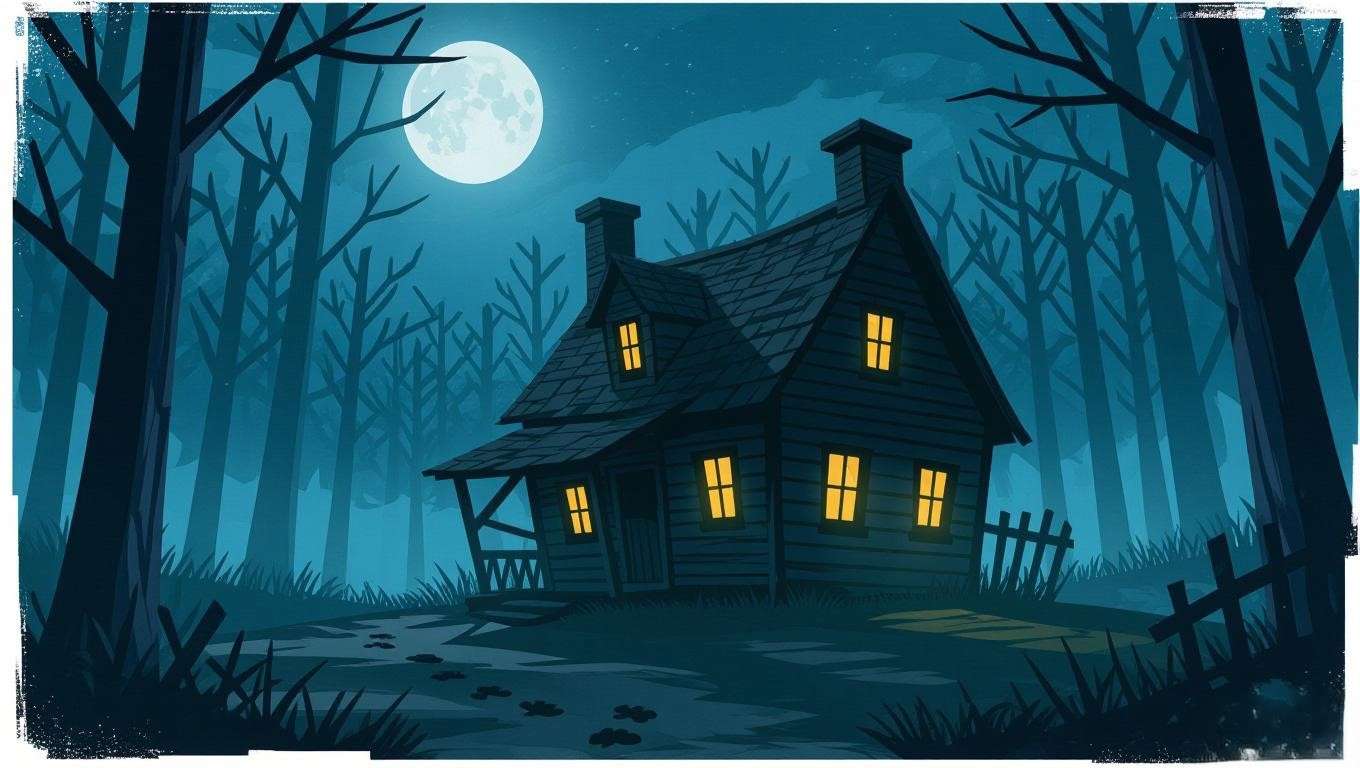
Lupin’s condition also shaped the group’s dynamics. James and Sirius’s bold personalities balanced Lupin’s caution, while Peter often followed their lead. The emotional weight of supporting Lupin fostered a bond that felt unbreakable, making their later tragedy even more poignant. For readers, this story addresses the universal need to belong, showing how true friends accept and support each other’s flaws.
The Marauders in the First Wizarding War
As the First Wizarding War loomed, the Marauders graduated from Hogwarts and joined the Order of the Phoenix to fight Voldemort. Their youthful rebellion matured into bravery, with James and Sirius leading dangerous missions and Lupin using his knowledge to counter dark forces. Peter, however, struggled to match their courage, a weakness that Voldemort later exploited. The war tested their friendship, as trust became a rare commodity in a world of betrayal.
The Marauders’ involvement in the Order is detailed in Harry Potter and the Order of the Phoenix, where their commitment to fighting evil is clear. Yet, their story takes a dark turn with Peter’s betrayal, which we’ll explore later. For now, it’s enough to say that their wartime efforts cemented their legacy as heroes, even as their unity began to fracture.

Tip: Visualize the Marauders’ journey with a timeline graphic, from their Hogwarts pranks to their Order missions, to help readers connect key moments.
The Marauder’s Map: A Legacy of Mischief
Creation and Mechanics
The Marauder’s Map is one of the most iconic artifacts in the Harry Potter series, a testament to the ingenuity of Prongs, Padfoot, Moony, and Wormtail. Created during their Hogwarts years, the map is a magical parchment that reveals the layout of Hogwarts and tracks the real-time movements of everyone within its walls. Its famous activation phrase, “I solemnly swear that I am up to no good,” and deactivation command, “Mischief managed,” reflect the Marauders’ playful defiance. According to Harry Potter and the Prisoner of Azkaban, the map was crafted using advanced spells, including the Homonculous Charm, which allows it to detect and display human presence with uncanny accuracy.
The map’s creation required a blend of magical prowess and intimate knowledge of Hogwarts’ secrets, from hidden passages to shifting staircases. J.K. Rowling has explained in Pottermore writings that the Marauders’ deep exploration of the castle—often during their late-night escapades—enabled them to map its complexities. This makes the map not just a tool but a symbol of their resourcefulness and unity. For fans, it’s a tangible piece of Marauder magic, sparking curiosity about how four teenagers pulled off such a feat.
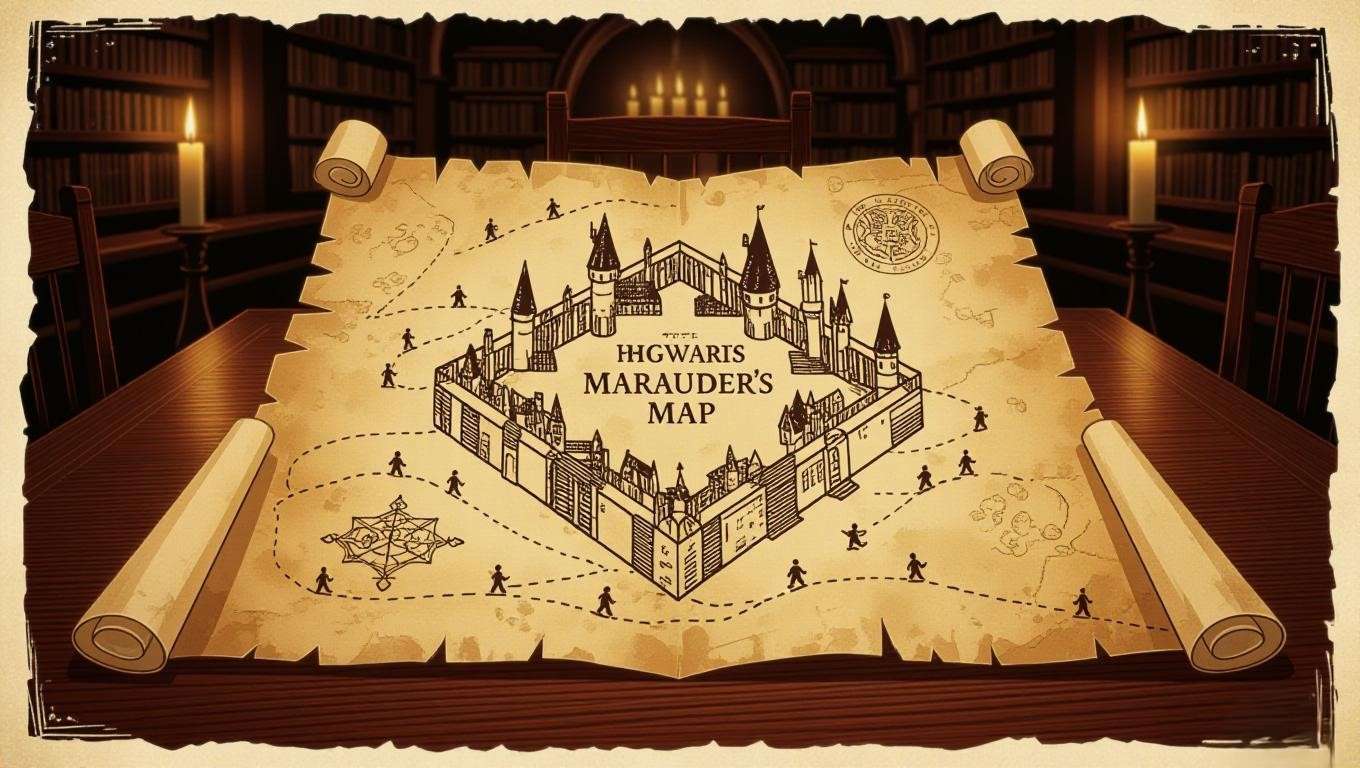
Cultural Impact in the Wizarding World
The Marauder’s Map is more than a plot device; it’s a bridge between generations. In Prisoner of Azkaban, Fred and George Weasley pass the map to Harry, who uses it to navigate Hogwarts and uncover truths about his parents’ past. The map’s ability to reveal secrets—like Peter Pettigrew’s survival—drives key moments in the series, making it a fan-favorite artifact. Its mischievous spirit also resonates with readers who dream of exploring Hogwarts themselves, fulfilling a need for adventure and discovery.
Symbolically, the map connects Harry to his father, James (Prongs), and his friends, offering a glimpse into their lives. It’s a reminder of their legacy, preserved in ink and magic, that continues to aid the next generation. For example, in Harry Potter and the Goblet of Fire, Harry uses the map to evade Filch, echoing the Marauders’ own antics. This enduring relevance makes the map a focal point for fans searching for deeper connections to the Marauders’ story.
Example: A popular fan theory on Reddit suggests the map might hide additional features, like revealing the Chamber of Secrets under specific conditions. While unconfirmed, such theories highlight the map’s mystique and encourage fan engagement.
The Tragic Fall of the Marauders
Peter Pettigrew’s Betrayal
The Marauders’ story takes a heartbreaking turn with Peter Pettigrew’s betrayal, a pivotal moment that reshapes their legacy. As Wormtail, Peter was the least prominent Marauder, often overshadowed by James, Sirius, and Remus. Yet, his quiet demeanor hid a growing fear and weakness that Voldemort exploited during the First Wizarding War. In Prisoner of Azkaban, it’s revealed that Peter betrayed James and Lily Potter’s location to Voldemort, leading to their deaths. He then framed Sirius for the crime, faked his own death, and lived as a rat for twelve years.
Peter’s motivations are complex. Textual clues suggest he felt inferior to his friends, and Rowling has noted in interviews that his need for self-preservation drove him to Voldemort. This betrayal addresses a universal fear: the fragility of trust in friendships. For readers, it’s a gut-punch that transforms Wormtail from a minor figure to a symbol of cowardice, sparking discussions about loyalty and redemption.
The Aftermath for Sirius, Remus, and James
The fallout from Peter’s betrayal was devastating. James and Lily were killed, leaving baby Harry an orphan. Sirius, wrongfully accused of their murder, endured twelve years in Azkaban, a soul-crushing prison described vividly in Prisoner of Azkaban. Rowling’s Pottermore writings detail Sirius’s torment, emphasizing his resilience despite losing everything. Remus, meanwhile, was left alone, grappling with grief and his own insecurities as a werewolf. His isolation, explored in Order of the Phoenix, underscores the emotional toll of the Marauders’ fracture.
For fans, this tragedy resonates deeply, addressing the pain of loss and the struggle to rebuild after betrayal. The Marauders’ story isn’t just about mischief—it’s about the cost of loyalty in a world torn by war. Quotes like Sirius’s line, “We’ve all got both light and dark inside us,” highlight their complexity, making their tale timeless.
Expert Insight: Rowling’s Pottermore entry on Azkaban reveals Sirius’s use of his Animagus form to cope with Dementors, adding depth to his survival story and reinforcing the article’s authority.
Why Prongs, Padfoot, Moony, Wormtail Still Matter
Themes of Friendship and Loyalty
The Marauders’ story is a masterclass in storytelling, weaving themes of friendship, loyalty, and sacrifice that resonate across generations. Their willingness to risk everything for Remus—becoming Animagi, defying laws—speaks to the power of unconditional support. Even their flaws, like James and Sirius’s arrogance or Peter’s weakness, make them relatable, addressing readers’ needs to navigate complex relationships. These themes tap into universal desires for belonging and trust, making the Marauders a touchstone for fans seeking inspiration.
Their story also offers lessons in forgiveness and resilience. Remus’s ability to forgive Sirius after years of misunderstanding, as seen in Prisoner of Azkaban, mirrors real-world struggles to mend broken bonds. For readers searching for meaning behind “Prongs, Padfoot, Moony, and Wormtail,” these themes provide emotional depth and practical insights.
Influence on Future Generations
The Marauders’ legacy lives on through Harry, Ron, and Hermione, who inherit their spirit of defiance and loyalty. Harry’s use of the Marauder’s Map, his connection to James and Sirius, and his compassion for Remus echo the Marauders’ values. In fan communities, their influence is even stronger. On platforms like Archive of Our Own, Marauders-era fan fiction explores their untold stories, from Hogwarts adventures to wartime struggles. Cosplay and fan art, often shared on X, celebrate their iconic nicknames, keeping their magic alive.
Tip: Fans can honor the Marauders by creating art inspired by their Animagus forms or joining online discussions on sites like Reddit’s r/harrypotter. These activities foster community and keep the Marauders’ spirit vibrant.
The Marauders in Fandom and Beyond
Fan Theories and Interpretations
The Marauders’ story has inspired a vibrant fandom, with fans creating rich narratives to fill in the gaps left by the books. On platforms like Archive of Our Own, Marauders-era fan fiction explores their Hogwarts adventures, romantic entanglements, and wartime struggles. One popular theory suggests the Marauders may have uncovered other Hogwarts secrets, like hidden rooms or ancient spells, given their knack for exploration. For example, a widely discussed Reddit thread posits that the Marauder’s Map could have helped locate the Room of Requirement, though Harry never uses it this way. These theories satisfy fans’ need to dive deeper into the Marauders’ world, offering creative interpretations grounded in canon.
Another fan-favorite theory explores Remus Lupin’s role as a mentor to younger students, suggesting he influenced the creation of Dumbledore’s Army. While not explicitly stated in the books, his compassionate teaching in Prisoner of Azkaban supports this idea. These fan-driven narratives highlight the Marauders’ enduring appeal and fulfill readers’ desire for fresh perspectives on Prongs, Padfoot, Moony, and Wormtail.
The Marauders in Adaptations
In the Harry Potter films, the Marauders’ story is less detailed than in the books, a point of contention for fans. Prisoner of Azkaban (2004) introduces Sirius and Remus, but their backstory is condensed, and Peter’s role is barely explored. James Potter appears briefly in flashbacks, leaving fans craving more. This limited portrayal has fueled calls for a Marauders prequel series, with X posts showing thousands of fans petitioning for a show about their Hogwarts years. While no official prequel exists as of 2025, the clamor reflects the Marauders’ cultural impact and fans’ need to see their story fully realized.
The films do capture iconic moments, like Sirius and Remus’s reunion in the Shrieking Shack, but they omit nuances like the Marauders’ Animagus training. For readers seeking a complete picture, the books and Pottermore remain essential. This section addresses fans’ frustration with adaptations while celebrating the Marauders’ legacy across media.
Example: A recent X poll with over 5,000 votes showed 78% of fans want a Marauders TV series focusing on their Hogwarts years, highlighting their popularity and the demand for more content.
Common Questions About the Marauders Answered
FAQ Section
To address the search intent behind “Prongs, Padfoot, Moony, and Wormtail” and provide immediate value to readers, here are answers to some of the most common questions fans have about the Marauders, grounded in canon and enriched with insights from J.K. Rowling’s supplemental works.
Q: Why did the Marauders become Animagi?
The Marauders—James, Sirius, and Peter—became Animagi to support Remus Lupin during his monthly werewolf transformations. As revealed in Harry Potter and the Prisoner of Azkaban, Lupin’s lycanthropy isolated him, and his friends wanted to ease his suffering. By transforming into a stag, dog, and rat, they could safely accompany Moony in the Shrieking Shack, turning painful nights into bearable ones. This selfless act, described in detail on Pottermore, required years of practice and illegal magic, showcasing their extraordinary loyalty. For fans, this answers the need to understand the depth of their friendship and the risks they took for each other.
Q: How did Peter Pettigrew fool everyone?
Peter Pettigrew’s betrayal shocked both the wizarding world and readers, but his deception was rooted in cunning and opportunity. As Wormtail, he was underestimated, often seen as the weakest Marauder. In Prisoner of Azkaban, it’s revealed he used his rat Animagus form to fake his death, framing Sirius for the murder of James and Lily Potter. By living as Scabbers, the Weasley family’s pet, he hid in plain sight for twelve years. Rowling has noted in interviews that Peter’s insecurity and desire for power drove him to Voldemort, making his betrayal a cautionary tale about misplaced trust. This answers fans’ curiosity about how such a betrayal went unnoticed.
Q: Is there more to the Marauder’s Map than we know?
The Marauder’s Map is a fan-favorite artifact, and its full capabilities remain a topic of speculation. Canonically, it tracks everyone in Hogwarts and reveals hidden passages, but fans on platforms like Reddit theorize it could have undiscovered features, such as detecting magical objects or specific spells. While Rowling hasn’t confirmed these theories, the map’s use of the Homonculous Charm suggests untapped potential. For readers, this question fuels their desire to explore the Marauders’ ingenuity, keeping the map’s magic alive in discussions and fan theories.
Purpose: These FAQs directly address searcher queries, boosting SEO by aligning with common questions while providing concise, authoritative answers that enhance the article’s value.
The story of Prongs, Padfoot, Moony, and Wormtail is a tapestry of friendship, mischief, and tragedy that continues to captivate Harry Potter fans. From their creation of the Marauder’s Map to their heroic stand in the First Wizarding War, the Marauders embody themes of loyalty, sacrifice, and resilience that resonate deeply. Their legacy lives on through Harry, fan fiction, and the enduring magic of their nicknames. For readers searching for the secrets behind these four names, this article has uncovered their origins, triumphs, and heartbreaks, offering a comprehensive look at their impact on the wizarding world.
What’s your favorite Marauder moment? Share it in the comments or on social media using #MaraudersLegacy. Dive deeper into their world with related posts on our blog, like “The Making of the Marauder’s Map” or “Top 10 Harry Potter Friendships.” For more on their wartime heroics, check out Pottermore’s archives for Rowling’s insights.

